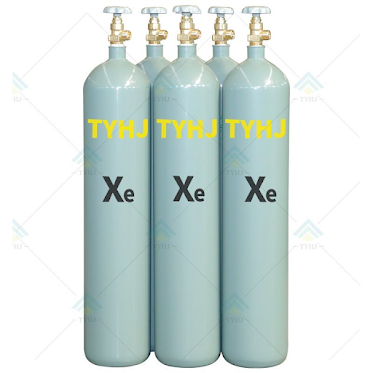Do You Know Personal Protective Equipment?
Safety is an important issue for frontline workers like physicians, nurses and other health care professionals, who face the greatest risk of infectious disease. In addition, infected health care workers can be a source of disease transmission to patients, family members, and other staff. This is why personal protective equipment is especially important for physicians and nurses. What is Personal Protective Equipment? Personal protective equipment (PPE) is clothing or equipment specifically designed to protect nurses from potentially infectious diseases. It creates a protective barrier between the individual and a contaminated object or body. It also prevents direct contact with blood or body fluids. Common PPE equipment includes: isolation gown , protective gowns , gloves , face masks , etc. The Importance of PPE For Nurses A study published in the Journal of Medicine showed that nurses spend about one-third of their time in direct patient care, comp...


